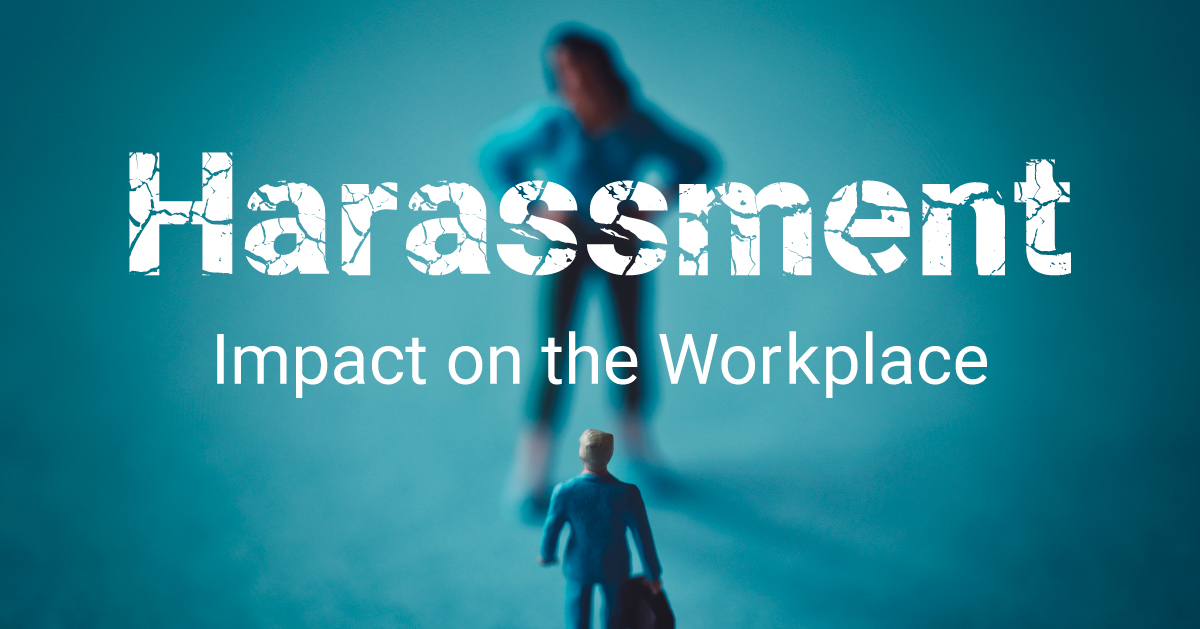How to Deal with a Power Harassment Boss? From how to solve the problem to what the company should do

A typical example of power harassment in the workplace is that of a superior harassing a subordinate. A supervisor who takes advantage of his or her superior position to use coercive or insulting language or behavior toward subordinates is called a "power harassment supervisor.
Harassing behavior by supervisors must be treated as an important labor issue, just like sexual harassment (sexual harassment), moral harassment (moral harassment), and maternity harassment (maternal harassment) in the workplace.
This article provides a thorough explanation of how to deal with power harassment supervisors, which can cause a variety of labor problems.
Contents
- 01Characteristics of Managers Considered "Power Harassment Bosses" in the Workplace
- Behaves self-centeredly in the workplace
- Push work to subordinates
- Speak with inappropriate language
- Forcing them to be gutsy.
- 02How can I stop my boss from harassing me?
- Consult with your supervisor or the Human Resources Department.
- Consult with an outside contact.
- bring a case
Characteristics of Managers Considered "Power Harassment Bosses" in the Workplace

Power harassment by supervisors involves using one's position within the company to inflict physical and emotional pain on subordinates. The following is a description of typical characteristics of many power harassment supervisors.
Behaves self-centeredly in the workplace
Self-centered behavior in the workplace is a typical characteristic of power harassment supervisors. These supervisors tend to excessively reprimand subordinates and become grumpy when they do not get their way.
They assume that they are right and are unable to recognize the diverse opinions and values of their subordinates. In some cases, when subordinates deny their ideas or fail to understand them, they become emotional, leading to verbal abuse and violence.
Push work to subordinates
Some power-harassing supervisors impose an enormous amount of work on their subordinates or throw difficult tasks at them.
They may believe that subordinates are responsible for all mistakes and failures in their work, and they may give unreasonable guidance to them. In many cases, they persistently repeat words and actions that deny their subordinates' abilities.
Speak with inappropriate language
There are also types of power harassment supervisors who routinely use abusive language and intimidate others with their remarks. A typical example is a supervisor who insults his/her subordinates by calling them "tee-hee. Beware also of a boss who is constantly stressed and irritable, or who treats others in a high-handed manner.
Forcing them to be gutsy.
Some supervisors are the type who instruct their subordinates when they encounter difficulties, saying that they can solve the problem if they put in the effort. Failure to produce results is seen as due to lack of effort, and may lead to verbal abuse and violence that denies one's character. The characteristic of this type of supervisor is that he or she is biased toward effort and imposes his or her ideas on subordinates. In many cases, they evaluate only the results produced by their subordinates and do not value their efforts.
Back to ContentsHow can I stop my boss from harassing me?

What are some ways to stop power harassment by a supervisor? Below are some typical responses to stop power harassment.
Consult with your supervisor or the Human Resources Department.
Consult with the manager who is even more senior to the power harasser, the person in charge of the human resources department, or the harassment consultation service to discuss countermeasures. It is important that the victim of power harassment is taken into consideration during the consultation. It is necessary to consult with the victim about his/her concerns in strict confidentiality and inform his/her superior or the department in charge of the situation while giving consideration to the victim's privacy.
In such cases, it is not advisable for the victim and the perpetrator to discuss the situation solely between the parties. There is a risk that the situation may worsen or that the victim, who is in a weaker position, may be subject to retaliation.
Consult with an outside contact.
One option is to use an outside consultation service. A typical outside contact is the "Comprehensive Labor Consultation Corner" set up by the Labor Bureau of the Ministry of Health, Labor and Welfare. The General Labor Consultation Corner is a consultation service that helps resolve labor problems such as unfair dismissal, wage reductions, and various types of harassment.
When you contact the General Labor Consultation Corner, an investigation of your company's power harassment problem will be conducted if necessary. After that, guidance will be provided to the company and mediation (mediation) with an appropriate specialized organization will be conducted. The service is available free of charge and does not require an appointment, so it can be useful in dealing with power harassment supervisors.
bring a case
If the problem of power harassment does not improve with guidance from the Labor Bureau, the victim can file a labor tribunal. A labor tribunal is a procedure in which a labor tribunal committee mediates labor problems, including power harassment. A labor tribunal officer or a labor tribunal commissioner acts as an intermediary, aiming to resolve the issue through discussion.
If the labor tribunal does not resolve the issue of power harassment, there are cases in which a lawsuit is filed. It is common to ask a lawyer to proceed with the procedure.
Back to ContentsWhat a Company Should Do About a Power Harassment Supervisor

Once power harassment is discovered, the company must take some action. Consider the need for disciplinary action against the supervisor in question and the details of such action. It is also important to take steps to prevent recurrence. Below is an explanation of the measures a company should take in response to a power harassment supervisor.
Conduct an investigation as soon as possible to ascertain the actual situation of power harassment.
When a company receives a power harassment consultation from a victim, it is obligated to promptly investigate the facts.
First, conduct hearings with the victim, perpetrator, and other parties involved to gather evidence of power harassment. If the investigation confirms the fact of malicious power harassment, consider taking disciplinary action against the perpetrator. The disciplinary action will depend on the actual situation of the power harassment, and typical examples include a pay cut, suspension from work, demotion, or disciplinary dismissal.
In some cases, it is advisable to demonstrate your company's stance on the prevention of power harassment by taking serious disciplinary action. Letting people know that you will take strict action against power harassment supervisors will help to deter power harassment in your company.
Proactive efforts to prevent recurrence of power harassment
Taking disciplinary action against the perpetrator alone is not sufficient. Similar problems may occur in the workplace, and efforts must be made to prevent recurrence. The key to preventing recurrence is to help employees understand the importance of harassment prevention and to improve the work environment.
Examples of effective recurrence prevention measures include conducting harassment training, as well as informing employees of problems that have occurred within the company, and reviewing communication and working styles. This is because internal human relations or a harsh working environment may be a factor in power harassment. When disseminating cases, be sure to withhold information about the parties involved to ensure privacy.
Harassment training can also be conducted online, using an e-learning system that allows you to create training programs and manage employee attendance.
Back to ContentsPower harassment supervisors are subject to careful investigation and, if necessary, disciplinary action.
Power harassment from supervisors to subordinates is a concern because of the nature of the professional relationship. However, in many cases, power harassment supervisors recognize it as part of their guidance and attention, and it is not easy to solve the problem.
When a complaint of power harassment is received from a victim, promptly conduct a fact-finding investigation to determine the facts that constitute harassment and the specific details of the harassment. The matter will then be handled by the immediate superior or a specialized department within the company. If the situation does not improve, it may be necessary to consider consulting with the Labor Bureau or a labor tribunal.
Once a problem of power harassment by a supervisor has occurred, it is important to work to prevent recurrence.If you want to conduct harassment training, please use the harassment training contents of "learningBOX ON".
learningBOX is a cloud-based elearning platform
and you can easily build training courses online.
Created content will be delivered to employees and you can track their learning progress.
There will be something you can do to improve your work environment.
▼You may also like:
Back to Contents


-
Discover rich featuresService Guide
-
Feel free to contact usGet in Touch
-
Try our Free PlanTry Free Plan










